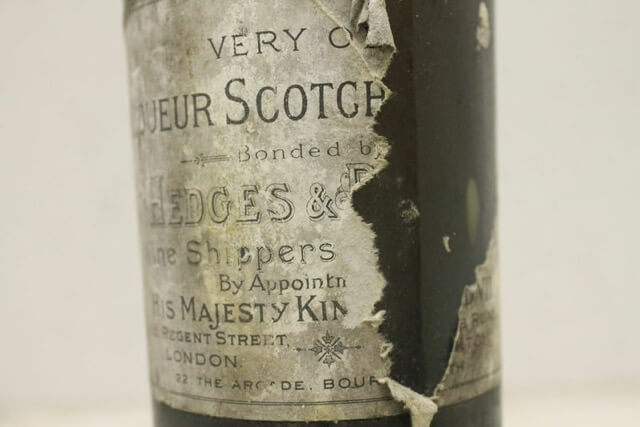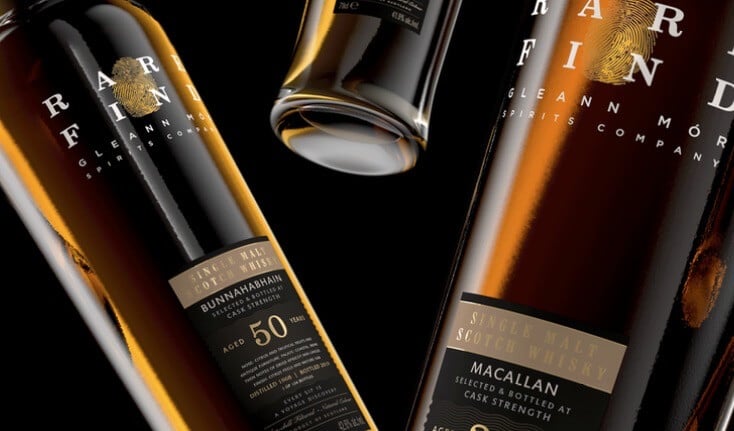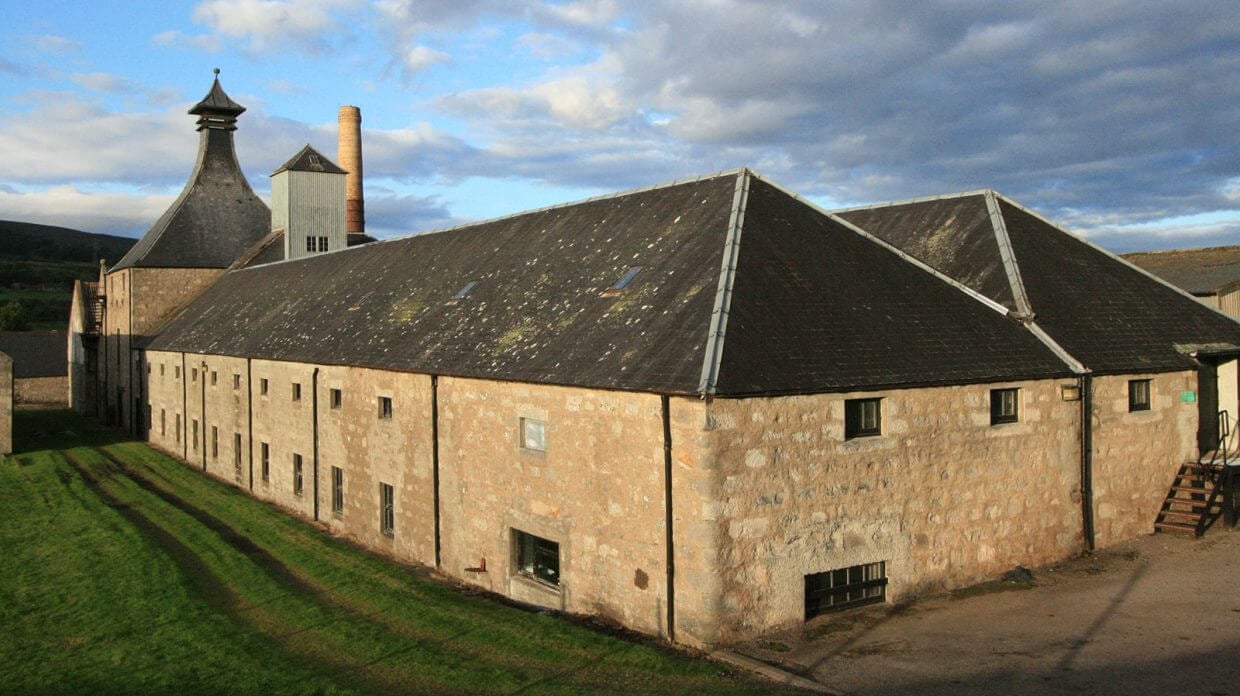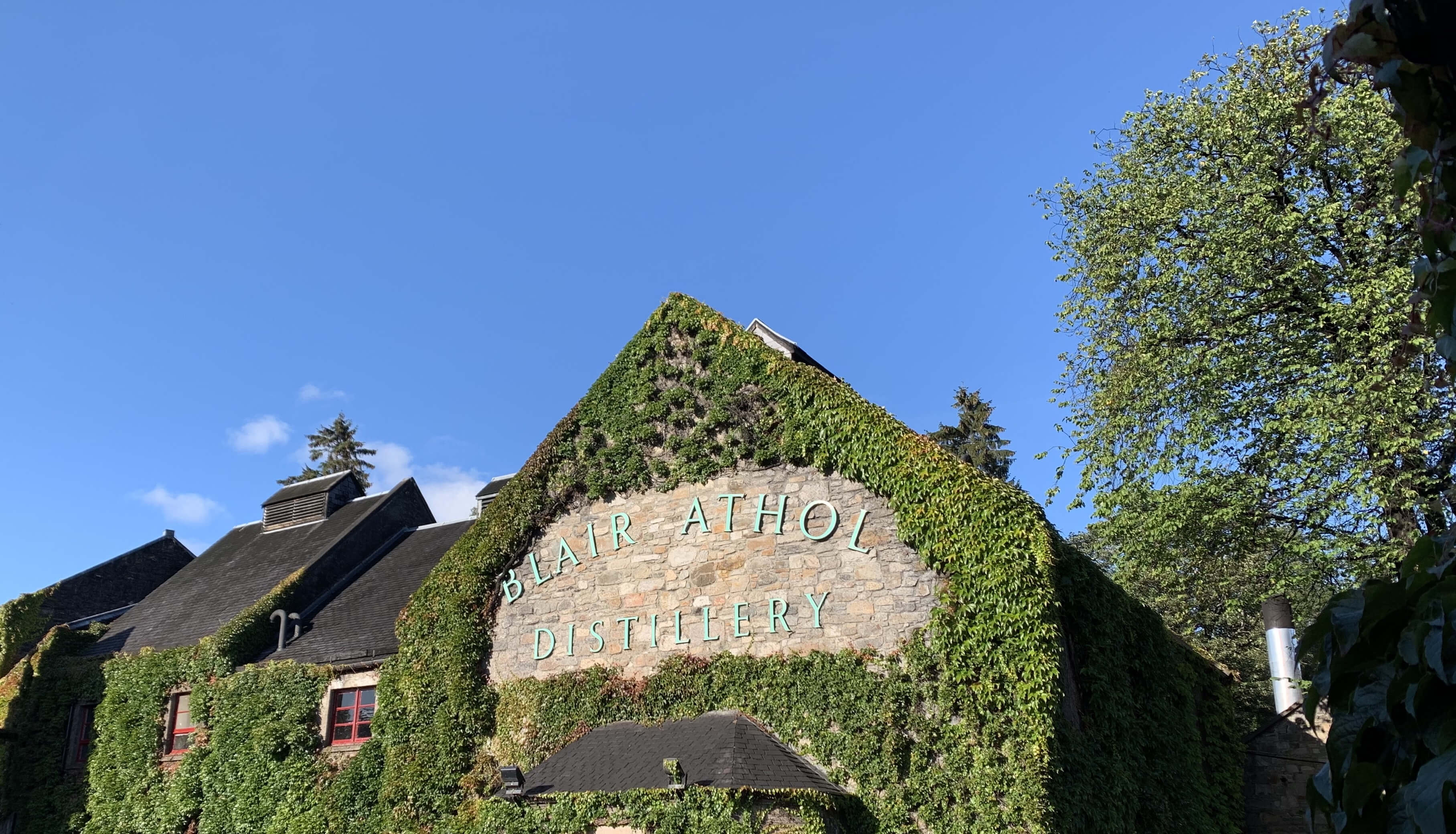

One of the most exciting things about the trade of wine & spirits is the capacity of these products to age. A collector may gather wines and spirits for many reasons, but one of them is for the history. Wine, when bottled is a living, breathing thing which changes and develops over time, rarely successful in living beyond 20 years except in the most exceptional cases. With brandy and whisky however, the liquid in the bottle is like a snapshot in history. Virtually unchanged since the day the golden spirit flowed from the cask into the bottle, the oldest and rarest bottlings offer a rare glimpse into the past.
History takes many twists and turns, and the journey of a collection is often as interesting as the collection itself. The contents of this cellar in particular were originally owned by the founder of the Shell Transport & Trading Company, the Hon. Sam Samuel MP, alongside his brother Marcus Samuel, the first Viscount Bearsted. These bottles stood little chance of surviving to the present day considering Sam’s legendary lavishness and generosity in hospitality. Renowned for his exquisite tastes in the finer things in life, he held an annual dinner for the Chancellor of the Exchequer on the eve of the Budget and invited well over 100 guests including all previous holders of the office. With financial discussions forbidden, it was likely the only pleasant evening the Chancellor would have in the months leading up to the occasion. As such, he collected so much that this small remnant of his collection remains to this day.
These bottles have been waiting patiently in the cellars of one of England’s most famous country estates, Upton House for nearly a century and include some truly rare and magnificent gems. Among them is arguably one of the rarest bottlings of Scotch Whisky in the world, the Lord Bearsted’s Own 14-Year-Old Single Malt. Considering the predominance of blends until the 1980’s it is extraordinary enough to find such a well preserved single malt from this time period, rarer still for it to bare an age statement as high as fourteen years! Add to that the fact that most of what remains is packed in the original sealed cardboard cases with those unsealed in immaculate condition, and this is a whisky that is beyond reproach in it’s provenance It is considered most likely that this is a bottling of The Glenlivet as it was a personal favourite of Lord Bearsted but whatever it is, it can be known with certainty that it is exceptional whisky considering the rest of the collection and the tastes of the individuals who gathered this remarkable collection together.
Among the most interesting items in this collection is the three vintages across 4 different bottling from the Sazerac de Forge Cognac house, including the oldest on the market (1805), two different bottling of 1809 and the Sazerac Roi de Rome from the legendary 1811 Comet Vintage. The name should ring a bell, considering that in the 1800’s it was a premier house for brandy and was originally required as the base for the now legendary cocktail of the same name. For a true cocktail enthusiast this is the stuff of dreams and not one that comes along very often at all. Add to that a measure of the Hedges & Butler (ca. 1909) and some Chartreuse and you’ll have a drink that would invoke the spirit of Hemingway.
Despite the presence of some illustrious names in this collection and some true rarities, perhaps the most striking are the three magnums of 84-year-old Martell 1851, which come with the added insurance of having been tasted by Michael Broadbent himself, whose tasting notes appear on the labels. If his palate is to be trusted (as it generally is) the liquid in these bottles is superb. Surprisingly fresh and balanced, it is a Congac for three lovers of the spirit.
As far as pure collector’s value and investment potential, there is little to rival the dozen bottles of Hine Cognac 1844. Nearly pristine labels (in a few cases obscured by delicate remnants of protective tissue from the original packaging), remarkably high fill levels and gold foil capsules with a hint of lustre left to them; they are among the most beautiful bottles of their kind available. It is very exciting to think that such items exist in something resembling quantity, but it is important to remember that these sorts of bottles are rapidly disappearing, either consumed or lost in passage of time. As such, collections like this will come up less and less and even fewer with the same degree of provenance.
The truth is that there is little in this line-up which is not jaw-dropping. Consider an incredibly concise list of the yet unmentioned bottles - Brossault 1825, Hotel de Paris Grande Vieille Reserve 1818, Sandeman’s 1835 and Martell 1906 (for something a bit younger!), and one can see that this is a mind-blowing collection. We can only hope that more of it’s kind exist, biding their time in the cellars of the world, waiting to be discovered.






















